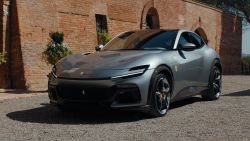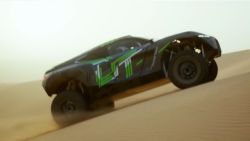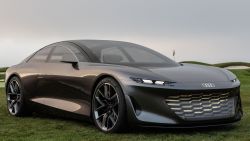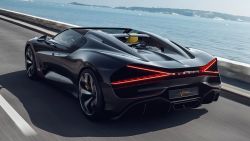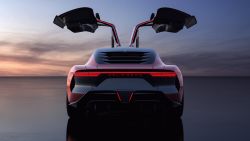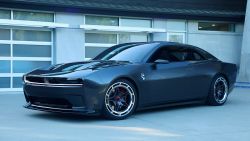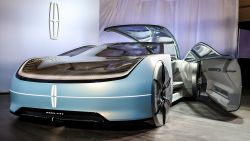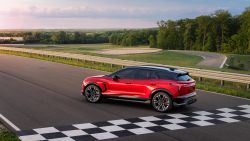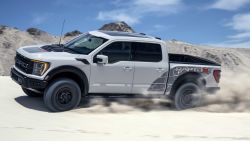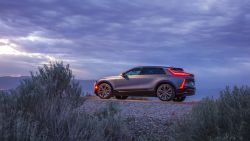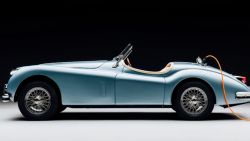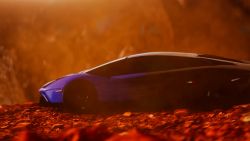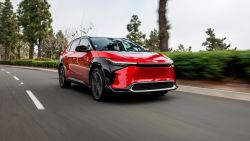The Tesla Model 3, an electric sedan with a starting price that just got reduced to $42,900, was the best-selling luxury vehicle of any kind last year.
That’s surprising for a number of reasons, not least of which is that fully electric vehicles made up just 1.2% of all vehicle sales in America last year, according to data from Edmunds.com.
Overall, Tesla (TSLA) sold 146,000 units of the Model 3 in 2018. It sold remarkably well considering the hurdles Tesla (TSLA) faces as a relatively new automaker and one that’s actively challenging the industry’s accepted sales methods.
A map of Tesla’s US showrooms shows great swaths of the nation without a single dot. Because of legal challenges from traditional auto dealers, who object to car companies selling directly to customers, Tesla isn’t allowed to deliver cars in some states. That means some customers have to travel quite far to get one.
The car’s relatively high price is another obstacle. When the Model 3 was unveiled, it was supposed to have a starting price of $35,000, roughly in line with many entry level luxury cars. There was so much excitement, Tesla had more than 100,000 paid reservations at $1,000 a piece before the car was even unveiled in 2016. But about a year after production started and with only about 30,000 cars having been delivered, Tesla began selling cars to customers without reservations at a higher price point. That indicated that many reservation holders were still waiting for the cheaper car they’d been promised and that has yet to be produced.
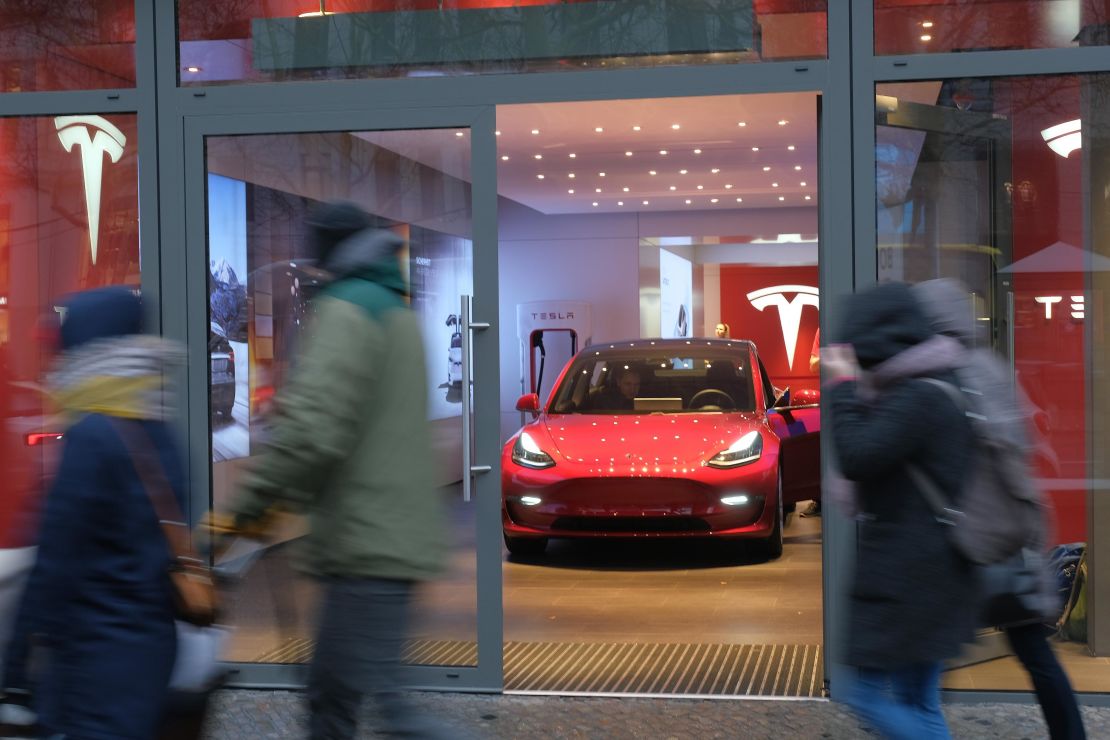
The Model 3’s exceptional performance relative to other luxury cars comes down to a few factors. One is that the luxury vehicle market is highly fragmented. Automakers like Mercedes-Benz and BMW offer myriad similarly-priced models, often with little difference between one another. For instance, the BMW 3-series and 4-series are essentially the same car but the 4-series has a more rakish body style and is available with two doors or as a convertible while the 3-series is available as a sedan, hatchback or wagon. In all, someone able to spend $45,000 to $65,000 on a new vehicle — roughly the Model 3’s current price range — would have at least 11 different BMW models to choose from, including cars and crossovers.
It also helps that the Model 3 has, essentially, no direct competition, said Doug Betts, senior vice president at J.D Power and Associates. Tesla has established itself as a luxury brand and, if you want an all-electric luxury sedan in that price range, the Model 3 is pretty much your only choice, he said.
If you missed Tesla’s Super Bowl ad, that’s because there wasn’t one. The company doesn’t pay for traditional advertising. But the company and its CEO Elon Musk have mastered the art of building buzz.
“When the brand launched, they became the instant standard bearer,” said Ken Schmidt, former director of communications for Harley-Davidson and now a branding consultant. “They immediately gathered that cache and buzz.”
A decade ago, while other carmakers were trying to make electric cars practical, Tesla recognized the importance of making them cool. The Lotus-based Tesla Roadster, with its six-figure price tag and 3.7 second zero to 60 acceleration established that, indeed, electric cars could be exciting and desirable. Future Tesla models built on that idea but added practicality.
“[Tesla CEO Musk] has created a vehicle that resonates with a fairly influential, if not large, demographic, that being tech people in Silicon Valley,” said Karl Brauer, executive publisher at Cox Automotive. That has, in turn, created a strong cultural pull that has been a more effective sales tool than any web site banner ad.
The question now is whether this is sustainable. Over the next couple of years, Tesla faces competition from brands like Audi and Porsche, which are slated to launch their own lines of electric vehicles starting later this year. For his part, Musk claims not to be phased by the new market entries.
“Our true competition is not the small trickle of non-Tesla electric cars being produced, but rather the enormous flood of gasoline cars pouring out of the world’s factories every day,” he Tweeted on January 31.
At the same time, Americans will become more familiar with Tesla’s products through actual experience. More of the brand’s buzz will come from people actually living with and using the products. Tesla’s reputation needs to withstand the scrutiny.
“As the cars become more available and they’re on the road,” said Schmidt, “at that point you need to back up the sizzle and the product has to be great and the service has to be great.”



